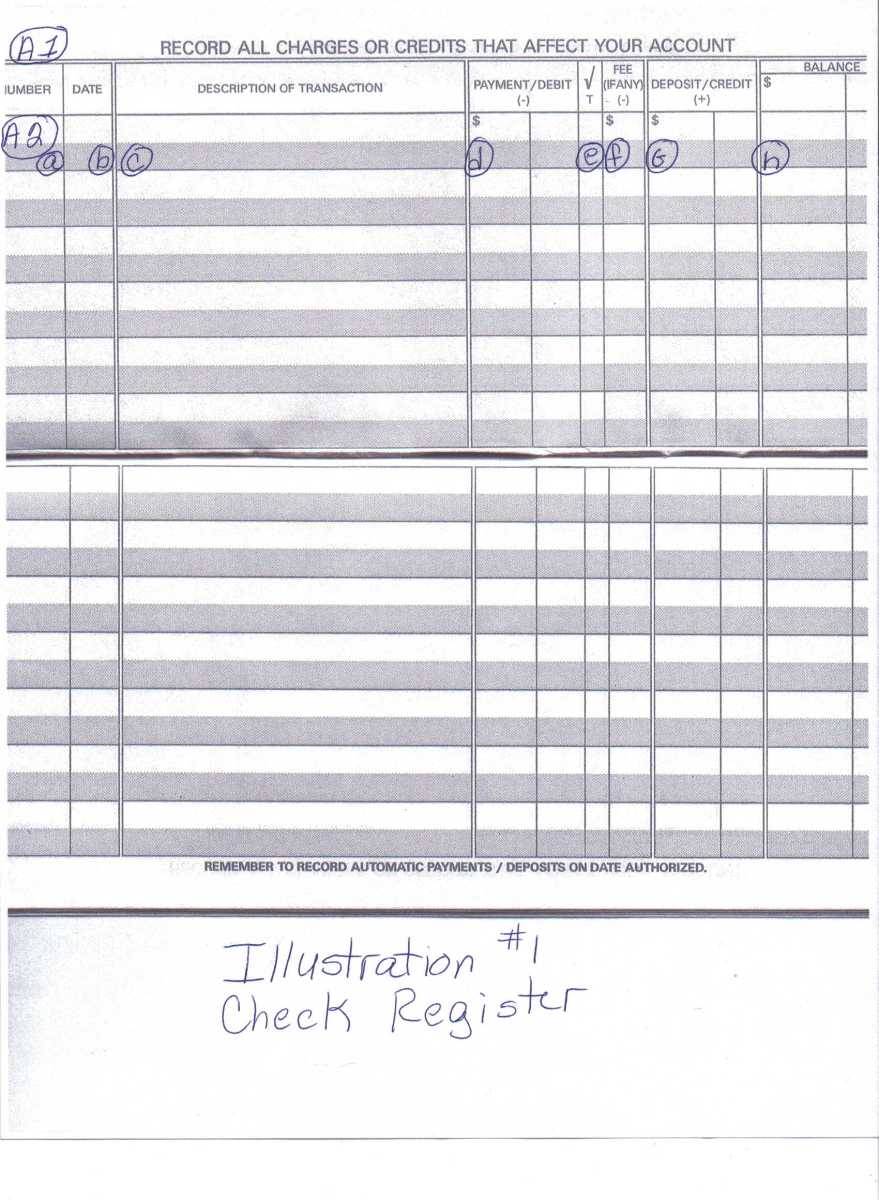Guide to Calculating Your Net Worth
We hear the word 'finance' all the time, but do we really understand what the word means? For most, finance equals money. It is the thing that we either have or work all our lives trying to get, money that is. Finance, however, isn't just money but is in fact a science - the science of managing one's funds. While there are various areas of finance like personal finance, business finance, public finance, etc., the one that interests me the most is personal finance. The reason for my interest is obvious. This is the kind of finance an individual (like me) would be interested in. The way we manage our personal finance determines if we sink in debt or enjoy the fruits of our hardwork. To understand personal finance and by extension financial planning, we need to first understand the many components of it. Let us discuss what these components are.

Steps Towards Creating Your Own Personal Financial Plan
What follows are the steps involved in creating your own personal financial plan.
ASSESSING YOUR FINANCES:
To understand your current personal financial situation and to be able to plan your finances and goals, you first need to be able to assess your actual financial position at the present time. Do you know how much you are worth? Most people think they do, but they really don't, for they factor in only assets they can see and feel like hard cash that they have in their bank accounts and don't account for the many debts they may have.
- To know your actual net worth, you need to add up all your assets including things such as any personal property you may own, cars/vehicles you own, homes you own, jewelry/gold that you own, any art collection or other collectibles that you own that is worth more than $400, stocks and mutual funds you hold apart from money you have in your bank accounts. Make sure you value your assets at current prices. Also, it is important that you factor in the right prices, so make an effort to find out the current prices of the various assets you hold by checking them out. It is a good idea also to factor prices on the conservative side. The total value that you arrive at (adding all these assets) is the number that represents your total assets.
- You would also need to add up your liabilities such as any credit card debt, mortgages, any loans such as car loans or student loans, any child support payments, taxes payable, medical expenses, etc. Add up all these individual liabilities to come to the number representing your total liabilities.
- Once you have figures for your total assets and total liabilities, to arrive at your net worth, just subtract your total liabilities from your total assets. The resulting number can be positive or negative. If it is positive, you are on the right path and can look forward to building up on your financial cushion further. If it is negative, there is no need to panic. Just keep working at bringing that figure down by making your money work optimally for you. Reduce your expenses by frugal living and cutting down costs by avoiding wasteful, unnecessary expenditure and you'd be well on the way towards a better future for you financially speaking.
- Knowing your net worth figure is essential because it gives you a good reference point, and you can then evaluate the health of your finances each year by comparing your net worth figure year-on-year to see whether you are making progress or falling back.
Sample Net Worth Worksheet To Assess Your Net Worth
Assets
| Current Value
| Liabilities
| Current Liability
|
|---|---|---|---|
Cash
| Current Debts
| ||
Cash with You
| Credit Card 1
| ||
Cash in Checking Account
| Credit Card 2
| ||
Cash in Savings Account
| Credit Card 3
| ||
Others
| Credit Card 4
| ||
Total
| $0.00
| Medical
| |
Federal Back Taxes
| |||
Real Estate / Property @ Current Market Value
| State Back Taxes
| ||
Primary Residence
| Property Back Taxes
| ||
Secondary Residence
| Legal
| ||
Land
| Child Support
| ||
Income from Property
| Alimony
| ||
Value of any Businesses Owned + Others
| Others
| ||
Total
| $0.00
| Total
| $0.00
|
Investments: @ Market Value
| Mortgages
| ||
Certificates of Deposit
| Primary Residence
| ||
U.S. Treasury Bills
| Secondary Residence
| ||
Savings Bonds
| Land
| ||
Stocks
| Income Property
| ||
Bonds
| Other
| ||
Mutual Funds
| Total
| $0.00
| |
Annuities
| |||
Traditional IRA
| |||
Roth IRA
| |||
401K / 403b / 457 Plans
| |||
Pension Plans
| |||
Stock Options / Bonuses
| |||
Others
| |||
Total
| $0.00
| ||
Personal Items @ Current Resale Value
| Loans
| ||
Vehicles
| Home
| ||
Jewelry
| Bank
| ||
Electronics
| Cars / Vehicles
| ||
Collectibles & Artwork
| Student
| ||
Furnishings
| Personal / Private Loans
| ||
Others
| Others
| ||
Total
| $0.00
| Total
| $0.00
|
Loans Receivable
| Other Liabilities
| ||
Loan 1
| |||
Loan 2
| |||
Loan 3
| |||
Total
| $0.00
| Total
| $0.00
|
Total Assets:
| $0.00
| ||
Total Liabilities:
| $0.00
| ||
Net Worth ( As of Date )
| $0.00
|
GOAL SETTING AND PLANNING:
Once you have assessed your current financial situation, you would need to set goals to meet your future plans.
These goals could be things such as retiring at a specific age with a certain retirement amount, buying a car, accumulating a certain amount for a down payment on a house, for your kids' marriage, education, future vacations, for paying off credit card debt, etc. These goals could be either short term or long term, but goals they should be for only then would you make a determined effort to meet those financial goals by setting aside a specific amount from your paycheck each month.
This amount can be invested in equities or debt instruments depending on your risk appetite. Ideally, you should look towards creating a plan that involves investments in diversified mutual funds, stocks, debt instruments, gold, etc.
Your plans should also factor in a situation wherein your family might have to fend for themselves, financially speaking, which is a possibility in case you meet an untimely death. Therefore, buying life insurance should be an essential component of your personal financial planning. The amount you choose to get insured for should be determined by the projected monthly income your family would need to survive without you, adjusted for inflation.
Tax planning is just as important. You should look towards managing your taxes well by taking advantage of any tax breaks that is on offer.
IMPLEMENTING YOUR PLAN:
Once you have identified your current financial situation and clearly laid out the financial goals you want to achieve, it is important to take steps to implement your plan conscientiously so that your financial goals are met. To do so, you would need to stick to specifics dos and don'ts to ensure that you bring in money consistently and don't spend too much of it frivolously on unimportant things. In short, you need to be disciplined to implement your plan as you envisaged it. Make sure that you evaluate your financial health at the end of the year, so you know whether you made any progress during the year or have fallen back. Depending on your findings, re-evaluate and re-focus once more so you can meet your financial goals and be on track towards a better financial future.
© 2011 Shil1978











